On foot
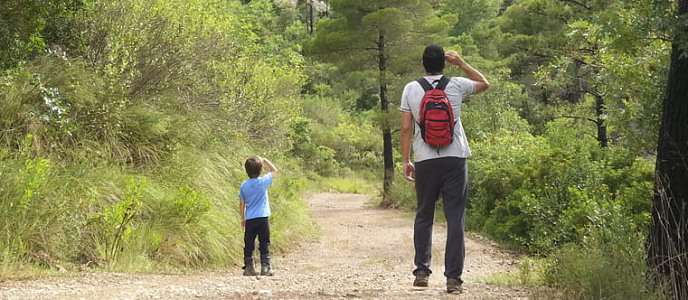
Getting to Montserrat is easy, whether by public transport or car.
Hourly trains from Barcelona and Manresa link up with the rack railway , and the cable car. Montserrat is also well communicated with the main road network.
Also the tradition of reaching Montserrat on foot goes back to the Middle Ages, when there was no other way of coming to worship the Holy Image. Nowadays, many groups of pilgrims continue to walk up to Montserrat once a year.
On foot from Monistrol
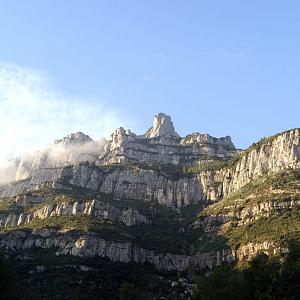
Camí de les Canals i de l’Aigua, GR 5/96 (Canals and Water Path):
It is known as the Montserrat Pilgrimage Path. It was formerly the PR-32. Like long distance route GR 6, this path from Barcelona to Montserrat has long historic traditions. The route was taken by pilgrims on the Camino de Santiago, who made a stop at Montserrat.
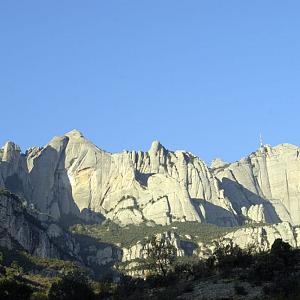
Drecera dels Tres Quarts (Three Quarters short cut)
A traditional route from the town of Monistrol de Montserrat, now cleaned up and open once again more after closure due to landslides. This path coincides with a stretch of long distance route GR 96 and is, therefore, indicated by the red and white GR signs. It also coincides for a stretch with GR 5. The total ascent is over 525 metres.
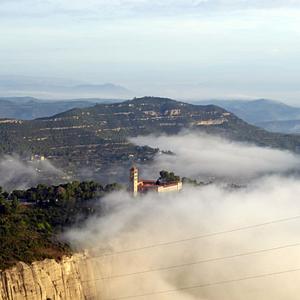
PR-C 19:
A route designed by the Monistrol Mountain Club to commemorate the 50th anniversary of this local ramblers club, and approved by the Catalan Paths Committee of the Association of Ramblers’ Clubs of Catalonia. The path, which is indicated by the official yellow and white short distance route signs, follows part of the old Royal Road, or Camí Ral.
On foot from Collbató
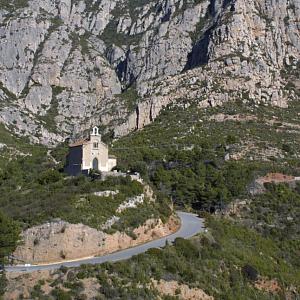
Coves del Salnitre (Nitre caves), Collbató - Monastery:
This is the most easterly route to the sanctuary from the Collbató side of the mountain, and enables those choosing this walk to visit the Coves del Salnitre and the Santa Cova (Holy Grotto), as well as following the Monumental Rosary path. The route coincides partially with a stretch along long distance paths GR 5, 6, 6-1 and 172. In total, it ascents approximately 250 metres.
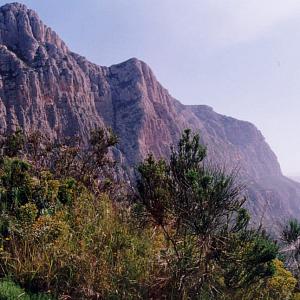
Taking the Graus, Voltes and Sant Miquel paths:
Apart from the first stretch, this route follows the traditional path up to the sanctuary from Collbató, the so-called Camí de les Voltes, the most commonly used one by pilgrims before roads were built. There is an ascent of over 450 metres to Pla de Sant Miquel, when the path starts to descend once more.

